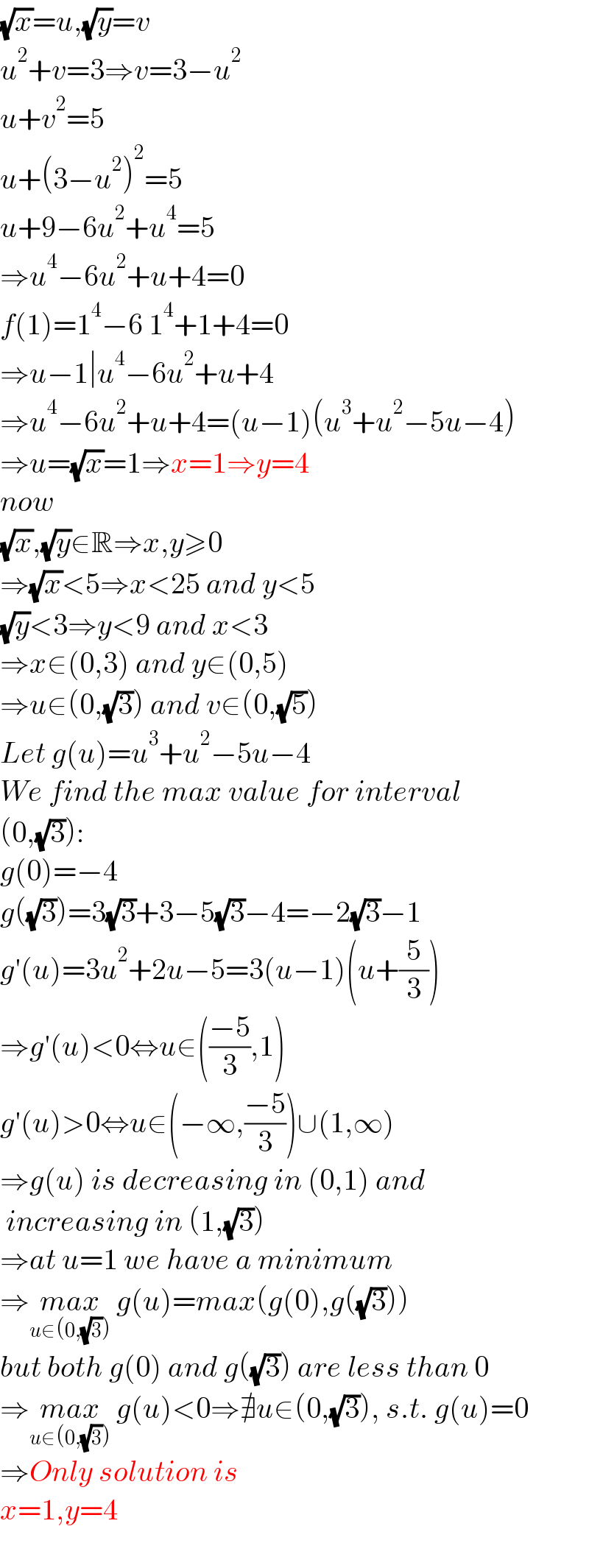
Question and Answers Forum
Question Number 170754 by Tawa11 last updated on 30/May/22

Commented by MJS_new last updated on 30/May/22

Commented by aleks041103 last updated on 30/May/22

Commented by MJS_new last updated on 30/May/22

Commented by aleks041103 last updated on 30/May/22

Commented by Tawa11 last updated on 30/May/22

Answered by aleks041103 last updated on 30/May/22

Commented by Tawa11 last updated on 30/May/22

